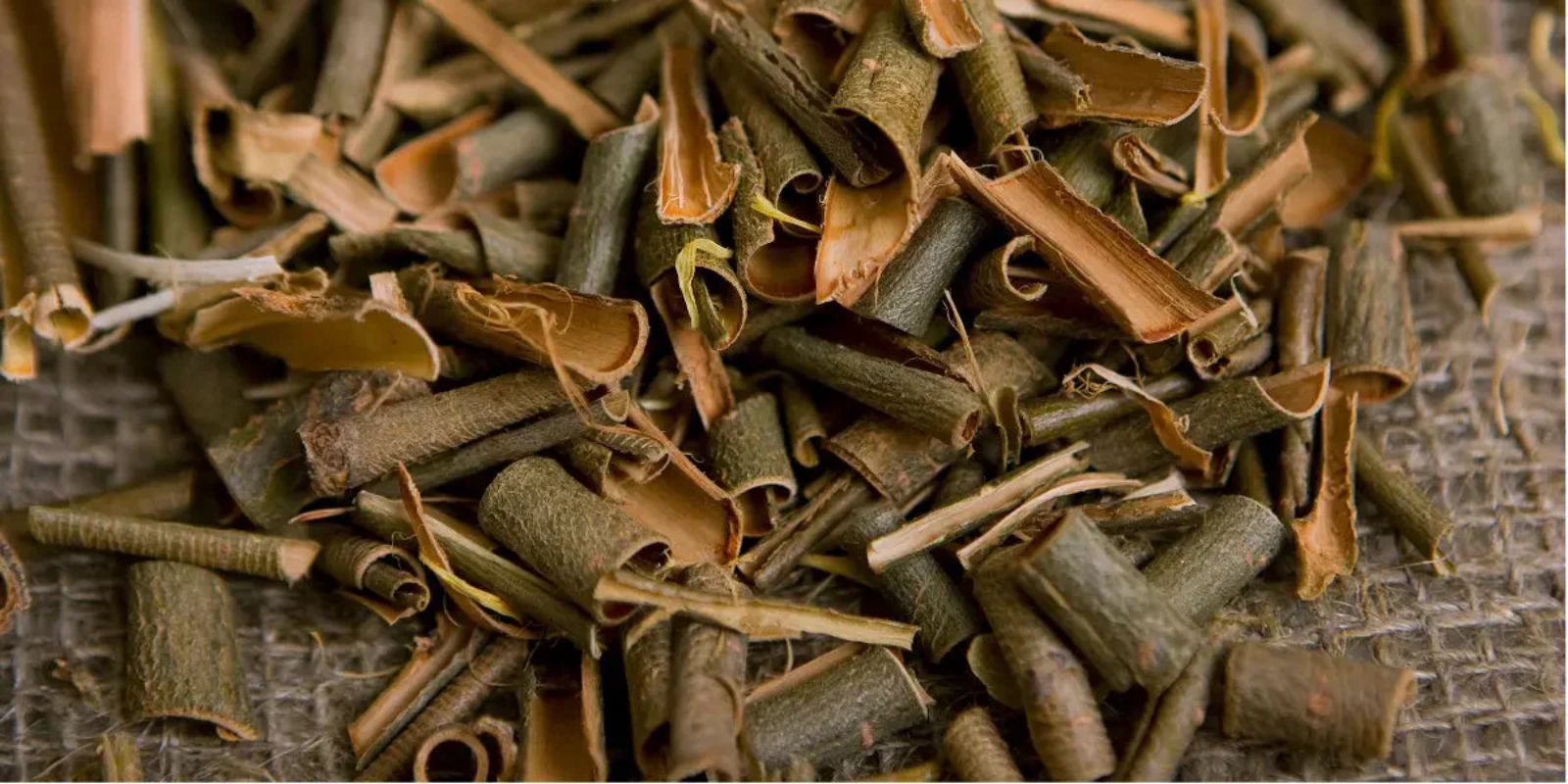For thousands of years, people have turned to nature for remedies to treat various ailments. Among these natural treatments, willow bark stands out as one of the most enduring and effective. Known for its pain-relieving properties, willow bark contains salicin, a compound that is a natural precursor to aspirin. In this article, we will delve into the history of willow bark, its medicinal benefits, and provide a step-by-step guide on how to make your own willow bark aspirin at home.
The History and Benefits of Willow Bark
Willow bark has been used medicinally since ancient times. The use of willow bark dates back to the time of Hippocrates, who wrote about its pain-relieving properties in 400 B.C. Native Americans and European herbalists have also used it for centuries to treat pain, fever, and inflammation. Willow bark comes from several species of the willow tree, particularly the white willow (Salix alba).
The main active ingredient in willow bark is salicin. When consumed, the body converts salicin into salicylic acid, which has anti-inflammatory and pain-relieving effects similar to modern-day aspirin. Unlike synthetic aspirin, however, willow bark is believed to be gentler on the stomach, making it a natural alternative for those who experience discomfort with over-the-counter pain medications.
Medicinal Uses of Willow Bark
- Pain Relief: Willow bark has been traditionally used to treat headaches, muscle pain, menstrual cramps, and arthritis.
- Anti-Inflammatory: The anti-inflammatory properties of willow bark make it effective in reducing inflammation associated with conditions like osteoarthritis and rheumatoid arthritis.
- Fever Reduction: Willow bark has been used to lower fevers due to its natural antipyretic properties.
- Cardiovascular Health: Like aspirin, willow bark has blood-thinning properties that can help prevent heart attacks and strokes when used under the guidance of a healthcare professional.
How to Make Willow Bark Aspirin at Home
Making willow bark aspirin at home is a simple process that allows you to harness the natural benefits of this ancient remedy. Here’s a step-by-step guide to creating your own willow bark tea, which can be used as a natural pain reliever.
1. Harvesting the Willow Bark
The first step in making willow bark aspirin is to gather fresh willow bark. Look for young branches from a willow tree, preferably in early spring or fall when the bark is most potent. Make sure to choose branches that are about 1-3 years old, as these contain the highest concentration of salicin.
- How to Harvest: Using a sharp knife or pruning shears, carefully cut a few small branches from the tree. Strip the outer bark to reveal the inner bark, which is the part you’ll be using. The inner bark is light in color and slightly moist.
2. Preparing the Bark
Once you have harvested the willow bark, the next step is to prepare it for drying.
- Cutting: Using a sharp knife, cut the inner bark into small pieces, approximately 1-2 inches long. This will help the bark dry more quickly and evenly.
3. Drying the Bark
Drying the bark is an essential step, as it allows you to store the willow bark for future use.
- Drying Method: Spread the cut bark pieces on a clean, dry surface, such as a baking sheet or cloth. Place the bark in a warm, dry place, away from direct sunlight. It’s important to allow air circulation to prevent mold. Depending on the humidity level, the bark may take several days to dry completely. You’ll know it’s ready when it feels brittle to the touch.
4. Brewing the Willow Bark Tea
Once your bark is dry, you can start making your willow bark tea, which serves as your homemade aspirin.
- Boiling: Measure out 1-2 tablespoons of dried willow bark for every 8 ounces of water. Place the bark and water in a pot, and bring it to a boil. Once boiling, reduce the heat and let it simmer for 10-15 minutes. The simmering process helps to extract the salicin from the bark into the water.
- Straining: After simmering, remove the pot from the heat and allow the tea to cool slightly. Strain the liquid through a fine mesh strainer or cheesecloth to remove the bark pieces, leaving you with a clear, amber-colored tea.
5. Dosage and Usage
Willow bark tea can be consumed as a natural remedy for pain and inflammation. However, it’s important to use it responsibly.
- Dosage: Start with a small amount—about half a cup—to see how your body reacts. Willow bark tea can be taken up to three times a day, but it’s essential not to exceed this, as too much salicin can lead to side effects similar to those of synthetic aspirin, such as stomach irritation or bleeding.
- Storage: If you have leftover tea, it can be stored in the refrigerator for up to 2 days. Reheat before use.
Precautions and Considerations
While willow bark is a natural remedy, it’s important to be aware of certain precautions.
- Allergies: If you’re allergic to aspirin or have asthma, avoid using willow bark, as it may cause an allergic reaction.
- Children and Teens: Do not give willow bark to children or teenagers, especially those recovering from a viral infection, due to the risk of Reye’s syndrome, a rare but serious illness.
- Pregnancy and Nursing: Pregnant or breastfeeding women should consult with a healthcare provider before using willow bark, as its effects on pregnancy and nursing are not well studied.
Conclusion
Willow bark is a time-honored natural remedy that offers many of the same benefits as synthetic aspirin, but with the added advantage of being derived directly from nature. By making your own willow bark tea at home, you can enjoy its pain-relieving and anti-inflammatory benefits while connecting with the traditions of herbal medicine.
Call to Action:
Have you tried making your own natural remedies like willow bark tea? Share your experiences or tips with the community and let us know how you incorporate natural healing into your daily routine! 🌿

